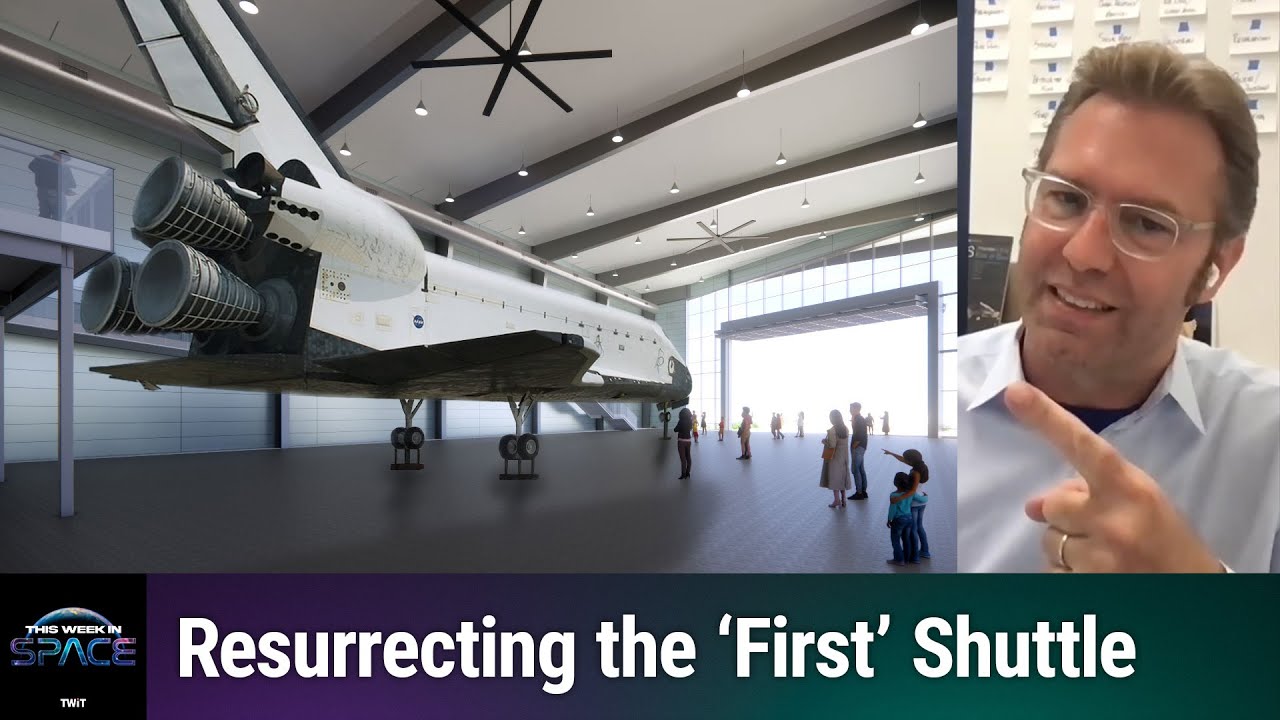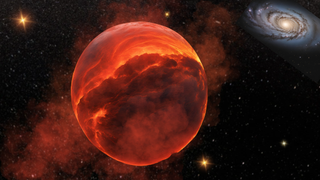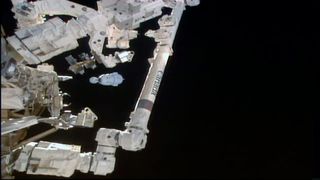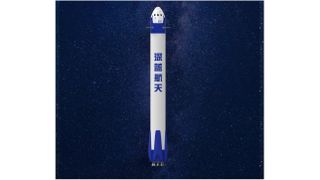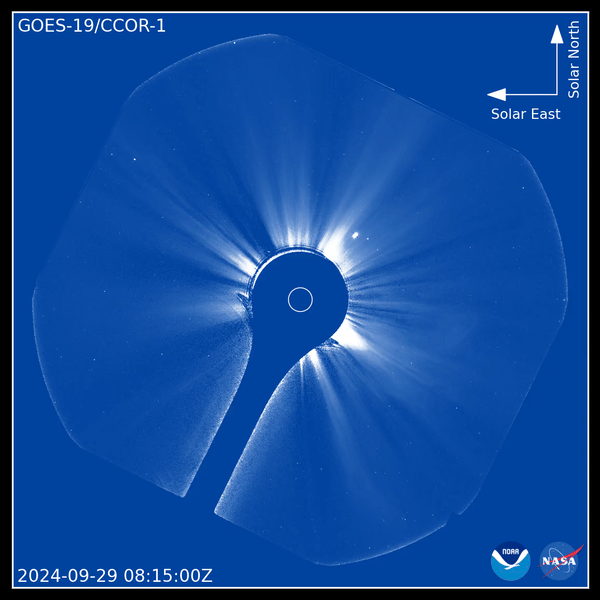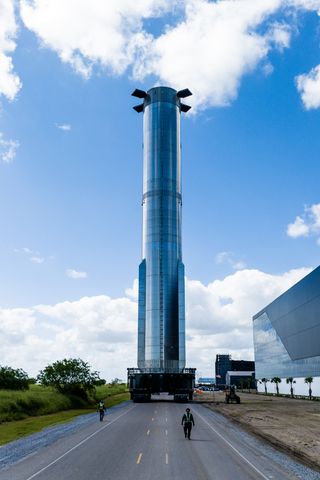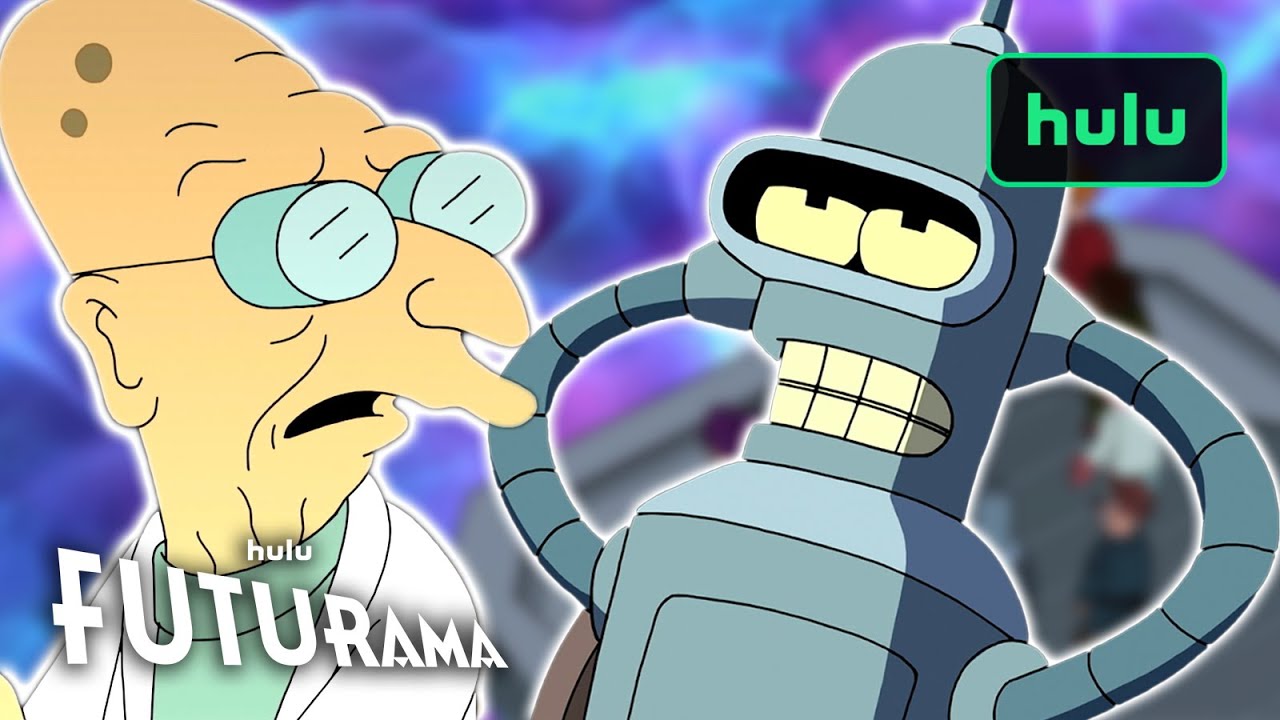The Spruce Space Shuttle – Ben Dickow and the Columbia Memorial Space Center – YouTube Watch On On Episode 134 of This Week In Space, Rod Pyle and Tariq Malik talk with Ben Dickow, executive director and president of the Columbia Memorial Space Center, about a magnificent, full-sized shuttle mockup, its history and future plans. Many of us have visited the various displays of space shuttles around the US, and it’s always a spectacular sight. The shuttle orbiter was huge, and seeing in any configuration is inspirational. Notably, the California…
Read MoreCategory: Solar System
Our solar system
‘Star Trek: Lower Decks’ scores an inventive interactive graphic novel, ‘Warp Your Own Way’
“Star Trek: Lower Decks” may be coming to a close, but IDW Publishing is letting fans get in on the series’ zany action with a new choose-your-own adventure graphic novel. Just in time for this week’s premiere of the fifth and final season of Paramount+’s addictive animated comedy series, “Star Trek: Lower Decks ― Warp Your Own Way” recently landed in comic shops and digital outlets. IDW Publishing first announced news of this creative “Star Trek” project last year at New York Comic Con 2023, where it was described by…
Read MoreJames Webb Space Telescope finds 1st ‘failed star’ candidates beyond the Milky Way
At this point, astronomers are used to the James Webb Space Telescope pushing the boundaries of astronomy — so it is little surprise that the $10 billion telescope has surpassed itself again. The James Webb Space Telescope (JWST) — with a little help from the Hubble Space Telescope — may have found a family of so-called “failed star” brown dwarfs in the Milky Way’s satellite galaxy, the Small Magellanic Cloud (SMC). If this is the case, it will be the first time astronomers have spotted such bodies beyond the limits…
Read MoreSee Comet Tsuchinshan-ATLAS eject a tail of gas and dust as it flies past the sun (photos)
A dazzling comet left behind a dramatic dust tail as it swept around the sun, new photos reveal. C/2023 A3 (Tsuchinshan-ATLAS) was visible to the naked eye earlier in October as the comet, which is sort of an icy space snowball, flew past the sun and Earth. Fresh telescope footage from the U.S. Naval Research Laboratory reveals that the comet’s dust tail was visible near the sun “for several days”, long after the little world left the neighborhood, lab officials stated. Related: See the ‘comet of the century’ light up…
Read MoreCrew-8 astronauts splash down on SpaceX Dragon Endeavour after weather delays
Four space station crewmates are safely back on Earth after an extended mission and a long wait for the weather to cooperate. SpaceX Crew-8 astronauts Matthew Dominick, Michael Barratt and Jeanette Epps all with NASA and Roscosmos cosmonaut Alexander Grebenkin splashed down in the Gulf of Mexico off the coast of Pensacola, Florida on Friday (Oct. 25) at 3:29 a.m. EDT (0729 GMT). Their landing after 235 days — including a more than two-week wait on board the International Space Station (ISS) for acceptable conditions — set a record for…
Read MoreChinese company Deep Blue Aerospace plans to start launching space tourists in 2027
The Chinese company Deep Blue Aerospace is getting into the space tourism business. Deep Blue, which is based in the eastern province of Jiangsu, announced on Wednesday (Oct. 23) that it plans to start launching paying customers to suborbital space in 2027. Tickets will cost 1.5 million RMB apiece — about $210,000 U.S. at current exchange rates. For that price, customers will get “much more than a brief weightlessness experience,” Deep Blue wrote in a statement on Wednesday. (Translation to English by Google.) “They will experience the vastness and mystery…
Read MoreWatch sun erupt in 1st images from NOAA’s groundbreaking new satellite (photos)
The first images from a new space-based telescope launched into Earth’s orbit to monitor the sun captured a striking solar storm outburst. The National Oceanic and Atmospheric Administration (NOAA) shared the first images taken by its Compact Coronagraph (CCOR-1), the world’s first operational space-based coronagraph. CCOR-1 is mounted on NOAA’s newest geostationary satellite, GOES-19, which launched into orbit above Earth on June 25. CCOR-1 began its mission to observe the sun’s corona — the faint outermost layer of the solar atmosphere — on Sept. 19. The powerful solar telescope uses…
Read MoreSpaceX rolls out Super Heavy rocket for Starship Flight 6 test launch (photos)
SpaceX is deep into planning for its newest Starship launch. Super Heavy, the first stage of the rocket that hefts Starship into space, was moved to a Starbase pad for testing ahead of the planned sixth flight of the next generation space system, SpaceX officials stated on Tuesday (Oct. 22). (Starbase is the location in south Texas where Starship launches are performed.) “Flight 6 Super Heavy booster moved to the Starbase pad for testing,” SpaceX representatives wrote on X, formerly Twitter, noting they had only just returned the last Super…
Read More‘Futurama’ creator Matt Groening says ‘great episodes in the works’ for upcoming Season 13
Good news everyone! Hulu’s “Futurama” Season 12 just wrapped up its weird and wacky run of 10 episodes on Sept. 30 and fans of Fry, Leela, Bender, Professor Farnsworth and their memorable 31st century misadventures are eager for more crazy cosmic missions. This past Sunday at New York Comic Con, “Futurama” faithful packed the house to honor the 25th anniversary of the animated sci-fi series created by “The Simpsons’” Matt Groening and David X. Cohen and to glean info on what to look forward to when Season 13 lands back…
Read MoreHeadless ‘Halloween comet’ could already be doomed
The latest update concerning “the other comet” of October 2024 — Comet C/2024 S1 (ATLAS) — is that it continues on target to completely disintegrate before it sweeps around the sun early next Monday. Back on Oct. 10, Space.com published an article indicating that this comet — which belongs to the Kreutz family of sungrazing comets — was in the process of disintegration and would likely not develop into an eye-catching object like its early October predecessor, Comet Tsuchinshan-ATLAS. However, an online story published this past Monday evening (Oct. 21)…
Read More